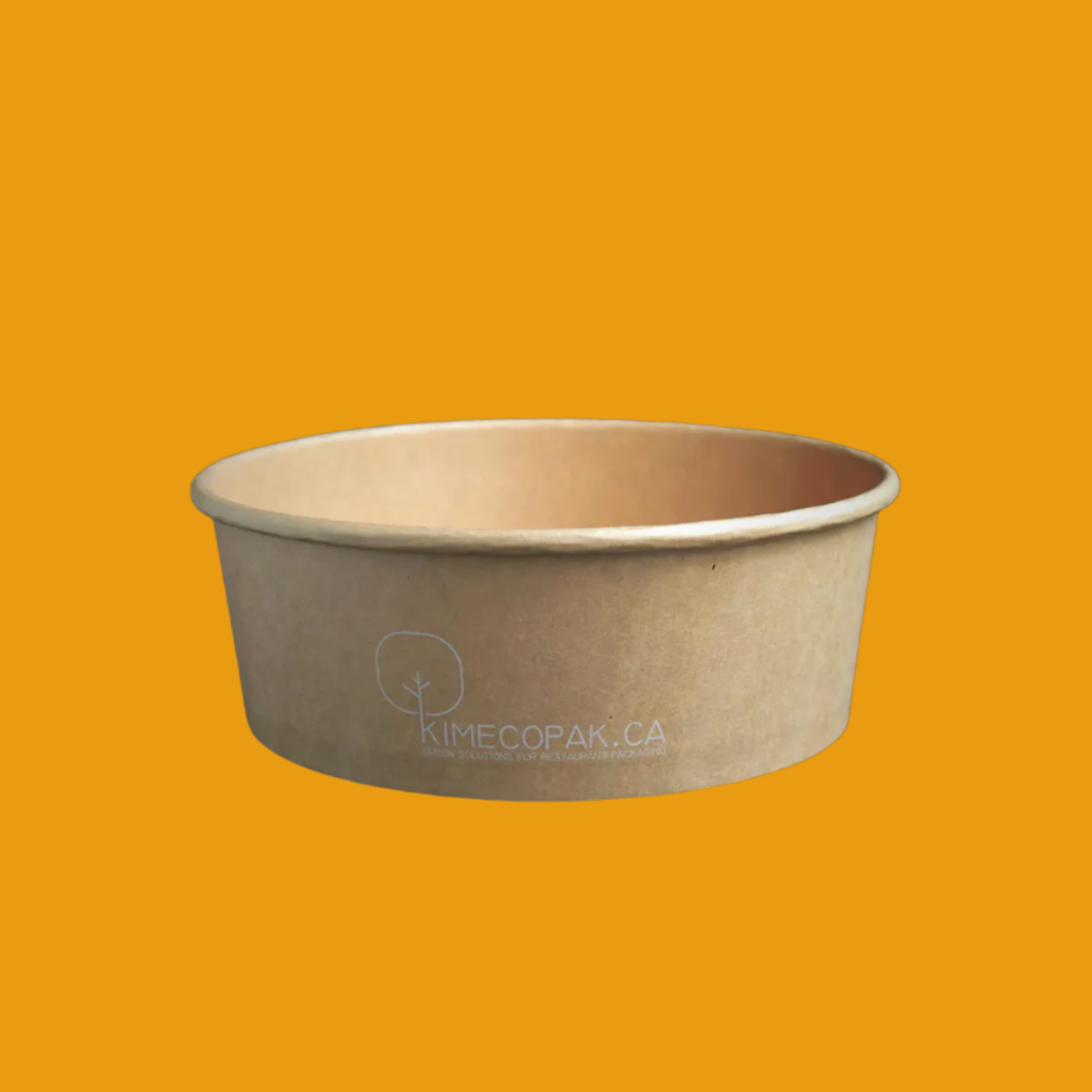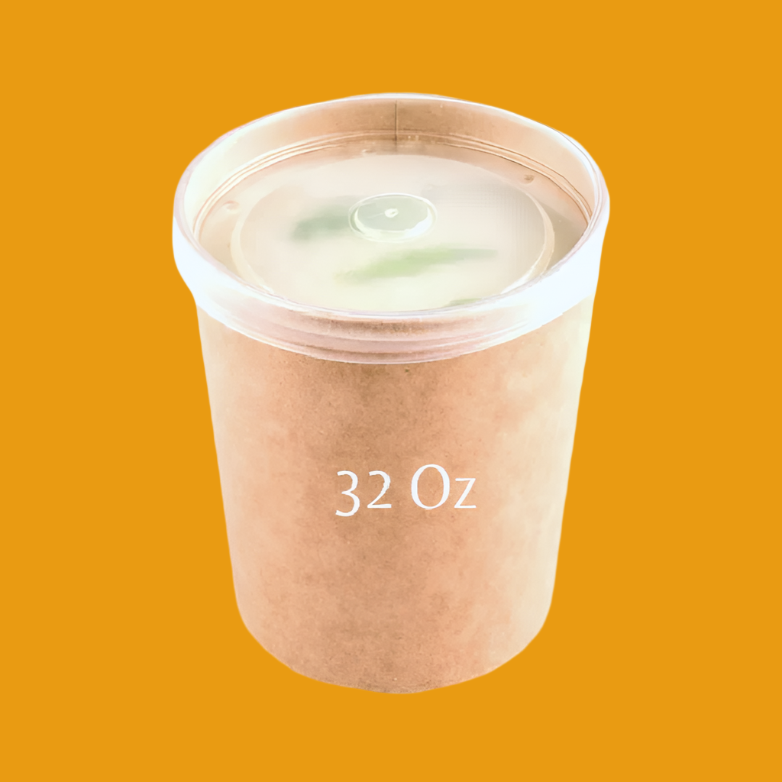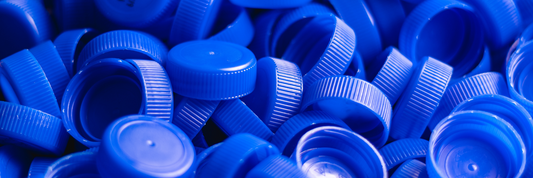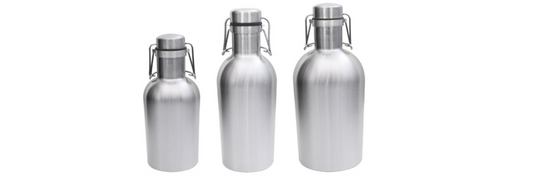In a world increasingly aware of environmental issues, the shift towards sustainable living has become more crucial than ever. One small yet impactful change is the use of compostable plates. These eco-friendly alternatives to traditional disposable plates offer both practicality and a significant reduction in environmental impact. In this blog, we explore what compostable plates are, their benefits, how to dispose of them correctly, and why they are a superior choice compared to conventional plates.
What are Compostable Plates?
Compostable plates, also sometimes referred to as compostable tableware, are eco-friendly alternatives to traditional disposable plates designed with a specific end-of-life in mind: composting. To understand what makes them special, it's important to first define compostability. Unlike biodegradability, which simply means a material will eventually break down naturally, compostability is more specific.
It signifies that a material will decompose under particular conditions, such as in a composting facility with a specific mix of heat, moisture, and microorganisms, within a defined timeframe, leaving behind nutrient-rich compost that can benefit the soil.
The materials used to manufacture what are compostable plates are typically derived from renewable resources. Common examples include plant-based materials like sugarcane pulp (bagasse), bamboo, palm leaves, and various types of plant-based bioplastics such as PLA (polylactic acid) which is often made from corn starch or sugarcane. What sets these materials apart is their ability to break down efficiently in a composting environment.
For instance, some innovative manufacturers are exploring the use of agricultural waste, like wheat straw or even fallen leaves, to create unique and sustainable compostable plates, offering a novel approach to resource utilization.
It's crucial to highlight that these plates are specifically engineered to break down in these controlled composting conditions. Simply throwing them in your backyard might not lead to proper decomposition, and they are generally not designed for recycling in traditional plastic recycling streams.
The unique value proposition of compostable plates lies in their ability to divert organic waste from landfills, where it can contribute to greenhouse gas emissions, and instead transform it into valuable compost, closing the loop in a truly circular economy.
Why Choose Compostable Plates? The Benefits You Need to Know
There are compelling reasons why use compostable plates are gaining popularity as a sustainable alternative. One of the primary benefits of compostable plates is their significantly reduced environmental impact compared to traditional plastic plates, which can persist in the environment for hundreds of years. Even some paper plates with plastic linings contribute to landfill waste and can be difficult to recycle.
Compostable plates, on the other hand, are designed to break down naturally in commercial composting facilities, returning valuable nutrients to the soil. This directly addresses the growing concern about reducing landfill waste, as these plates don't contribute to the mountains of trash accumulating in landfills.
Furthermore, a key advantage of eco-friendly plates is that they are often made from renewable resources like sugarcane pulp, bamboo, or plant-based starches. This means that the raw materials can be replenished, unlike the finite resources used in plastic production. Imagine a company that hosts a large picnic every year switching to compostable plates made from locally sourced bamboo – they are not only reducing their waste but also supporting sustainable agricultural practices.
Beyond the environmental advantages, choosing compostable plates can also significantly enhance a brand's or event's sustainability image. In today's environmentally conscious world, consumers and attendees often appreciate and even expect businesses and events to adopt eco-friendly practices. By opting for compostable tableware, organizations can clearly demonstrate their commitment to sustainability, attracting environmentally aware customers and positively impacting their brand perception.

Is the Sugarcane Straw the Best Choice for Sustainable Choice?
What Compostable Plates Are Made Of
Compostable plates are primarily distinguished by the plant-based materials used in their production, offering a variety of sustainable plate options. One common type is sugarcane plates, also known as bagasse plates. Bagasse is the fibrous residue left after sugarcane stalks are crushed to extract their juice. This makes it a readily available and durable material that is naturally compostable, often breaking down quickly in commercial composting facilities.
Another popular choice is bamboo plates, celebrated for their strength and natural resistance to moisture. Bamboo is a fast-growing resource, making bamboo plates a truly sustainable tableware option. The manufacturing process typically involves pulping the bamboo and then molding it into plates.
For those seeking a unique aesthetic, palm leaf plates stand out. These are made from naturally fallen palm leaves, which are then cleaned and pressed into shape. This process requires minimal energy and results in biodegradable dinnerware with a distinct, rustic appearance. Then there are PLA plates, made from Polylactic Acid, a bioplastic derived from plant-based sources like corn starch or sugarcane. PLA offers a more plastic-like feel while still being compostable in industrial composting settings.
Beyond these common types, sustainable plate options also include plates made from other agricultural byproducts and renewable resources such as wheat straw, which utilizes the stalks left after wheat harvest, and cornstarch, which can be processed into sturdy and compostable plates. The manufacturing processes for these materials generally involve pulping, molding, and sometimes the application of heat and pressure to achieve the desired shape and durability.

Exploring the Unique Attributes of Compostable Plates
One of the most significant and unique attributes of compostable plates is their inherent design to decompose into nutrient-rich soil under specific composting conditions. This distinguishes them from plates that simply break down into smaller pieces or require hundreds of years to degrade in a landfill. To ensure that plates marketed as compostable truly meet this standard, there are compostable plate certifications, such as the European standard EN 13432.
This certification signifies that the plates have been tested and proven to break down in industrial composting facilities within a specified timeframe, leaving behind compost that is safe for the environment. This gives consumers and businesses confidence that they are choosing genuinely eco-friendly options.
Beyond their compostability, sustainable plate innovations are constantly emerging, leading to unique eco-friendly plates with surprising features. For example, some sugarcane-based plates are designed to be microwave-safe, offering convenience without compromising their compostability.
Similarly, certain types of bamboo or palm leaf plates can be remarkably sturdy, capable of holding heavier foods without bending or breaking, making them ideal for outdoor events or catering. It's also important to note the distinction between industrial and home composting.
While many compostable plates are designed for industrial composting facilities, which have controlled temperature and moisture levels, some innovative products are now being developed for home composting, allowing individuals to compost their plates in their own backyards, further simplifying the disposal process.

Choosing the Right Compostable Plates for Your Needs
When it comes to selecting the best compostable plates for your specific situation, several factors should guide your decision-making process. Consider first the type of food you'll be serving. For hot and wet dishes like soups or stews, you'll want to look for more durable and potentially leak-proof options, such as thicker sugarcane or bamboo plates, or those made from PLA with a suitable coating.
For cold or dry foods like salads or sandwiches, lighter options like palm leaf plates might be perfectly adequate and offer a unique aesthetic.
Next, think about the event or usage scenario. For a casual backyard barbecue, cost-effectiveness and ease of disposal might be the priority, whereas a more formal catering event might call for plates with a sophisticated look and feel, like certain bamboo or palm leaf varieties.
Durability and size are also important considerations. If you need plates that can withstand heavier portions or more rigorous handling, opt for thicker materials. Ensure the size of the plate is appropriate for the intended use, whether it's for appetizers, main courses, or desserts. Furthermore, when considering how to choose eco-friendly plates, it's crucial to check for relevant certifications. If you have access to industrial composting facilities, look for certifications like EN 13432 to ensure the plates will break down properly in those environments.
If home composting is your goal, seek out plates specifically labeled as home compostable. Finally, your budget and the quantity of plates needed will play a significant role. Compare prices across different materials and suppliers to find the most cost-effective solution that meets your sustainability goals.
For instance, a small café might prioritize the aesthetic of palm leaf plates for a unique touch, while a large corporate event might opt for more budget-friendly sugarcane plates while still maintaining their commitment to sustainability.

Guide for Purchasing the Right Disposable Paper Plate
Conclusion: Embracing a Sustainable Future with Compostable Plates
In conclusion, the benefits of switching to compostable plates are clear and compelling. As sustainable alternatives to disposable plates, they offer a significant reduction in environmental impact, contribute to minimizing landfill waste, and are often crafted from renewable resources. The future of eco-friendly tableware is undoubtedly leaning towards such innovative solutions.
We encourage everyone, from individuals hosting small gatherings to large corporations organizing events, to seriously consider compostable plates as a viable and responsible option. Embracing these sustainable practices not only helps protect our planet but also aligns with the growing global trend towards environmental consciousness, paving the way for a greener future, one plate at a time.
FAQ Questions:
Are compostable plates better for the environment than plastic plates?
Yes, compostable plates are generally considered better for the environment than plastic plates. They are typically made from renewable plant-based resources and are designed to break down in composting facilities, returning nutrients to the soil. Plastic plates, on the other hand, are often made from fossil fuels and can persist in the environment for hundreds of years, contributing to plastic pollution.
Do compostable plates break down in regular landfills?
Generally, compostable plates do not break down effectively in regular landfills. Landfills lack the specific conditions (heat, moisture, and microorganisms) required for proper composting. While they might eventually degrade, the process can be slow and may not result in the beneficial soil enrichment that occurs in a composting facility.
Can I put hot food on compostable plates?
Yes, many compostable plates are designed to withstand hot food. Materials like sugarcane bagasse, bamboo, and some types of PLA are quite heat-resistant. However, it is always best to check the specific product information to ensure the plates are suitable for the temperature of the food you intend to serve.
How long do compostable plates take to decompose?
The decomposition time for compostable plates varies depending on the material and the composting conditions. In industrial composting facilities, where conditions are optimized, most compostable plates will break down within 90 to 180 days. Home composting times can be longer and less predictable depending on the specific composting setup and the type of compostable material.









